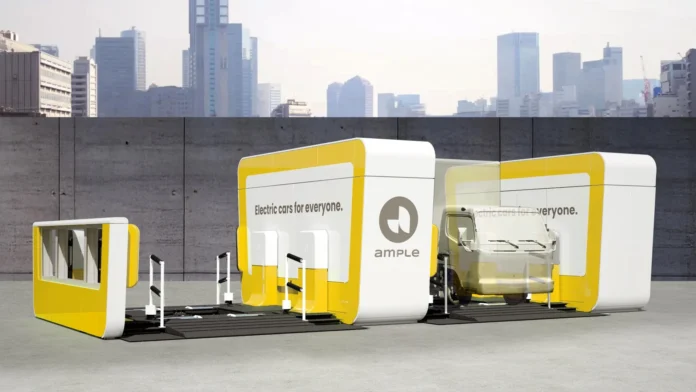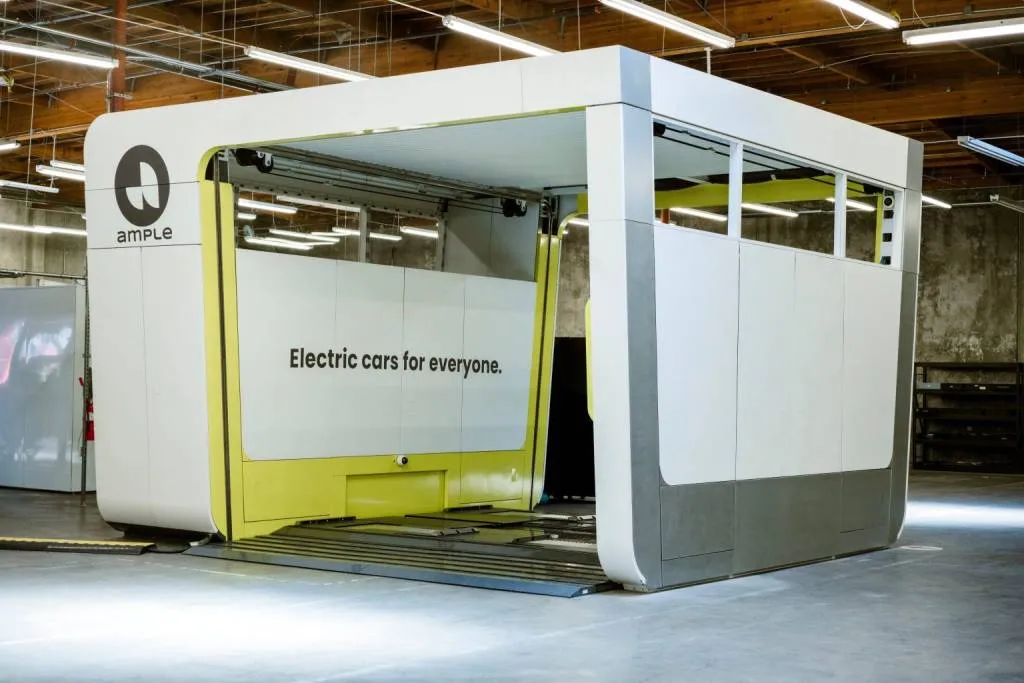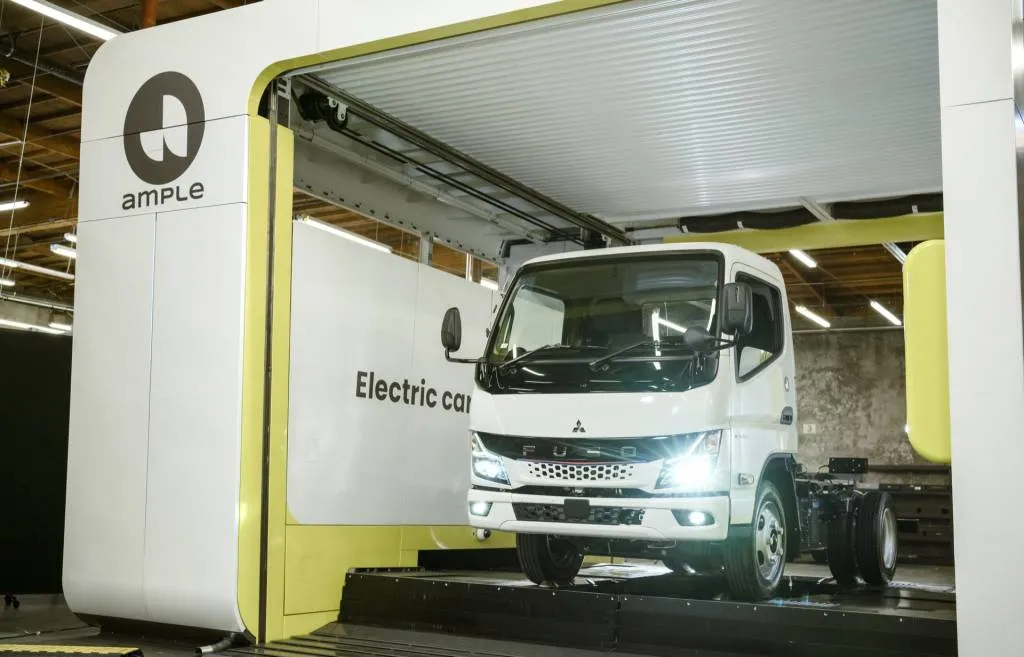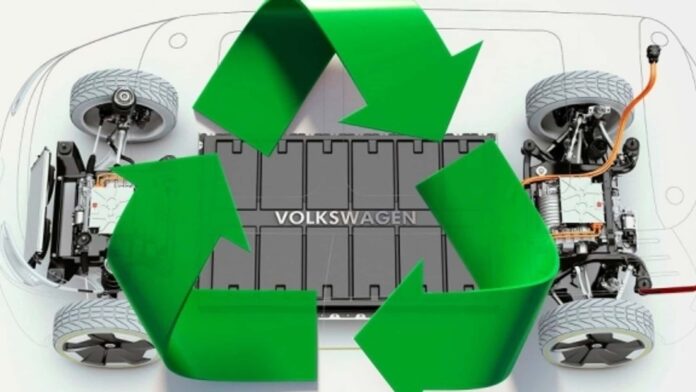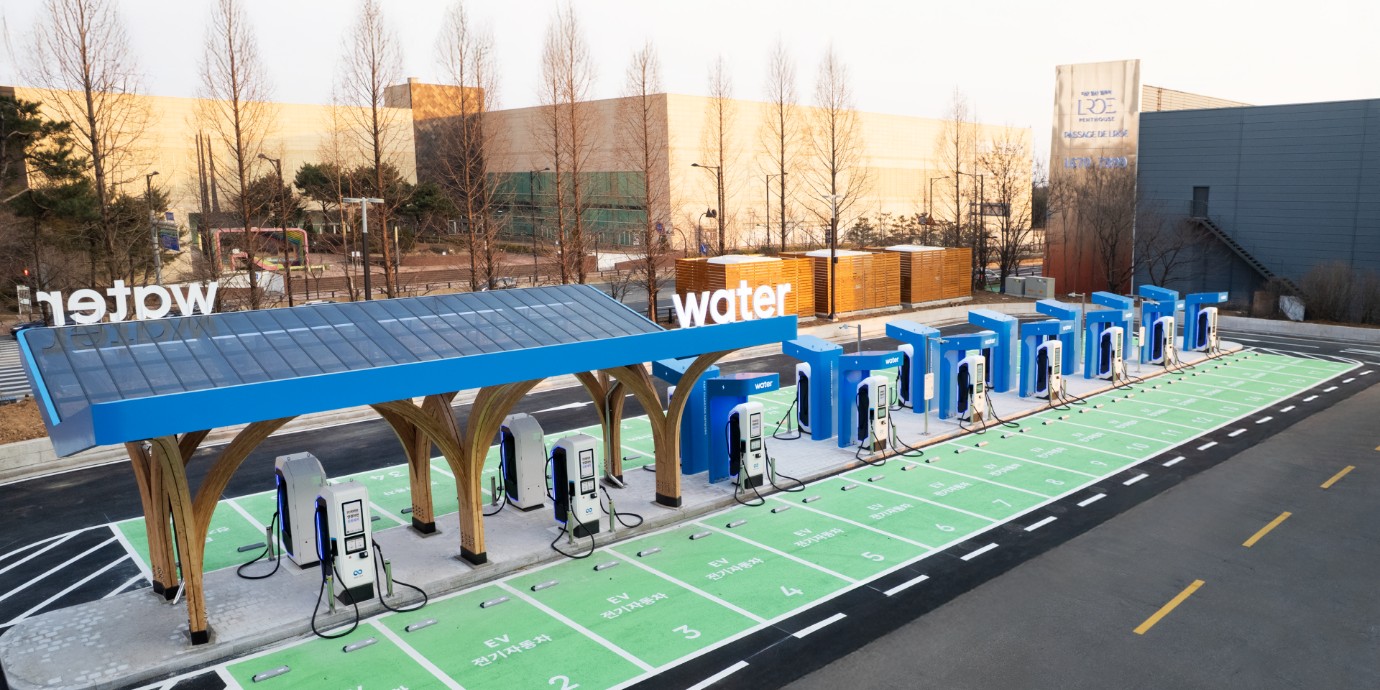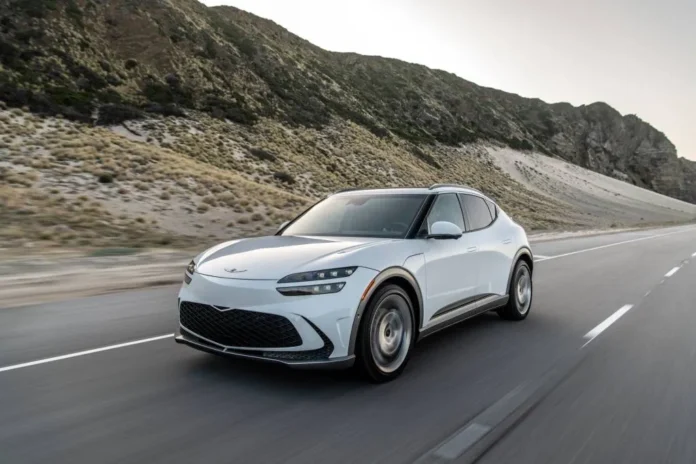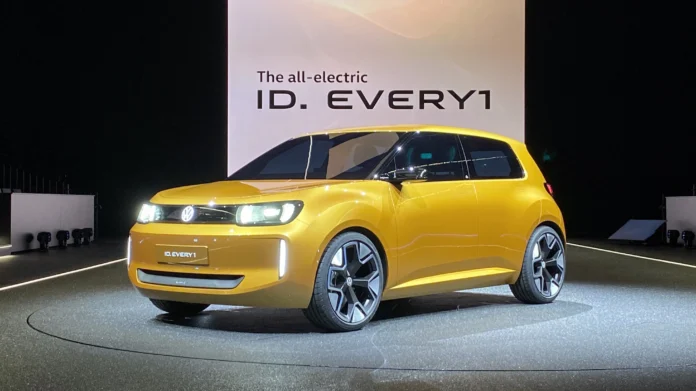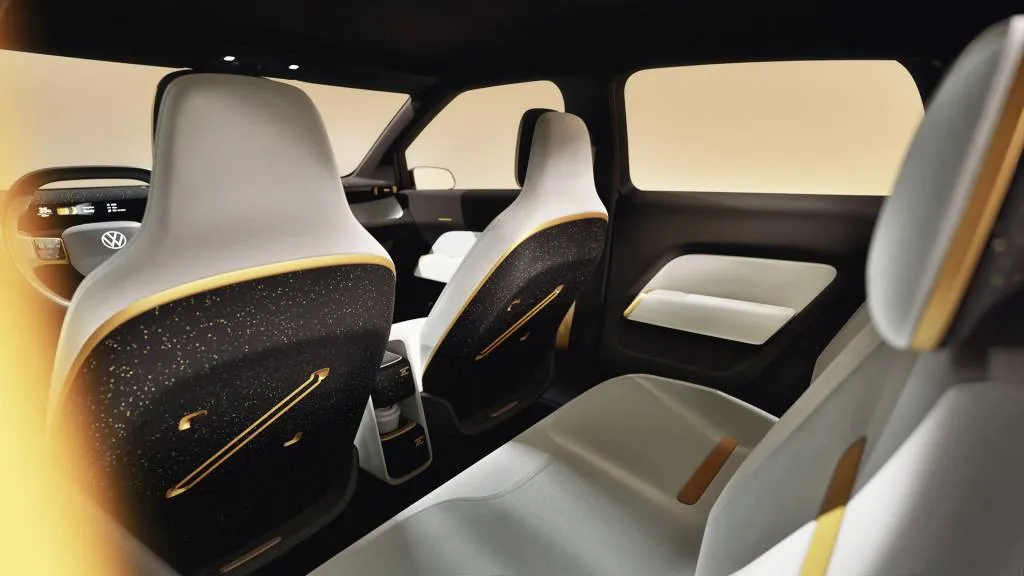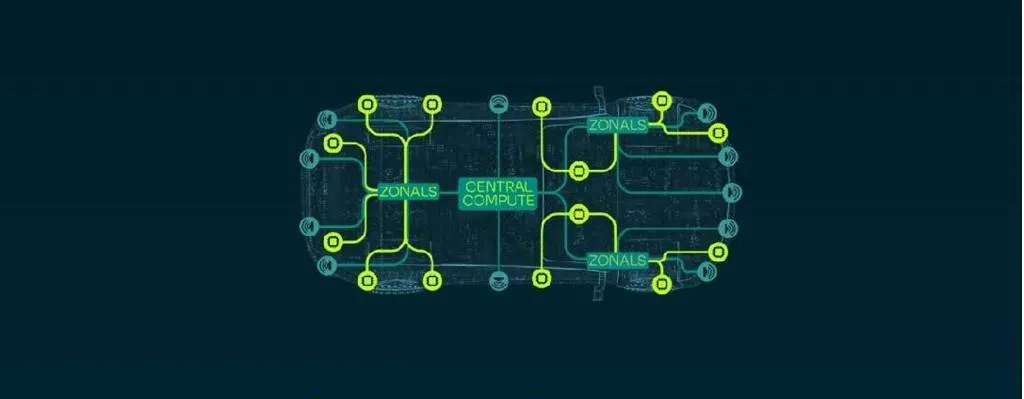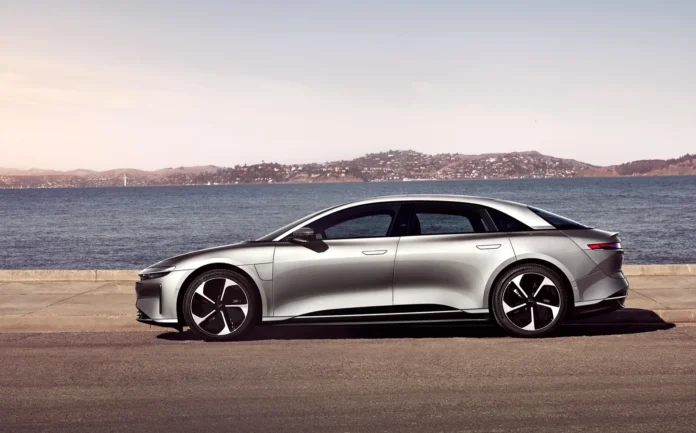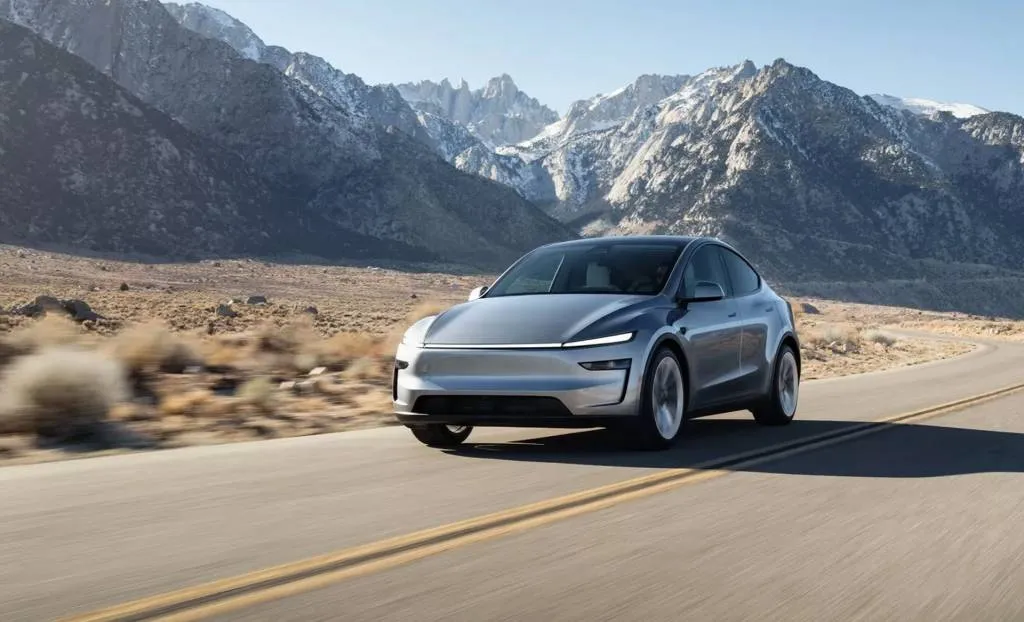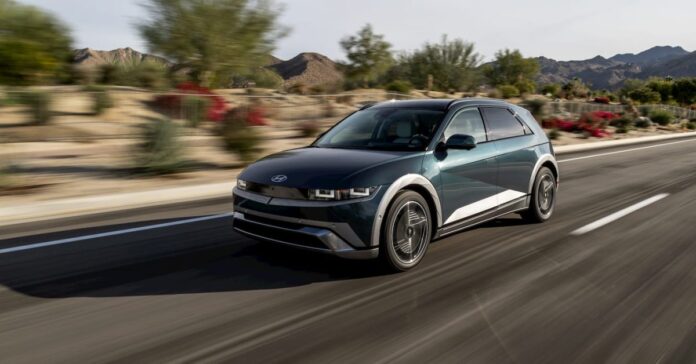- 2027 production form of ID.Every1 concept will debut Rivian zonal architecture for VW
- Sets the stage for modular SSP EVs like ID Golf coming in 2028
- Starting around 20,000 euros, will be VW’s lowest-priced EV yet
Although Volkswagen’s Scout Motors plans to roll out electric trucks with roots in Rivian’s zonal electrical architecture starting in 2027, that same year VW will also debut that zonal architecture in a much more humble, affordable product: the $22,000 ID.1—or whatever it’s badged in production form.
For a time the ID.1 may simultaneously be both the simplest and most tech-advanced EV in the Volkswagen brand’s global lineup, while also carrying the lowest price. VW last week confirmed that it will be the first true software-defined vehicle among its group of brands, which includes Audi and Porsche.
Unlike the Scout electric SUV and pickup, the small EV, previewed by the ID.Every1 concept earlier this month, won’t be coming to the U.S. But last week, Green Car Reports got a first look at the outside of the VW ID.Every1 concept, up close in Dusseldorf, Germany, not only getting a sense of how this boundary-pushing EV will hit unprecedented price targets but also at how VW will adopt that zonal architecture across EVs small to large, simple to luxurious.

Volkswagen ID.Every1 concept
In a walkaround for Green Car Reports and a few other outlets this past week, VW’s head of design, Andreas Mindt explained that the ID.Every1 isn’t supposed to be a mini-Golf or smaller Polo, or look like the smaller version of anything else in VW’s portfolio—although Mindt does see some likeness to the Mk4 (1999-2004) Golf.
Up close, the 19-inch rims—huge for such a small car—bring the visual weight out to the corners and help ground the proportions, and officials hinted that the production version looks very close to the show car. Mindt emphasized how important it was to have a slim body with a wide track and keep the overall look of the body “super clean,” with no creasing, cladding, or add-on plastic trim, and nothing painted onto it. Take away all the clutter, he explained, “and it looks better, not cheaper.”
Another distinctive feature is the roof which, for this four-seater, is lower in the middle, establishing a sort of double-bubble look that not only results in better aerodynamics but a stronger roof, Mindt noted.

Volkswagen ID.Every1 concept

Volkswagen ID.Every1

Volkswagen ID.Every1
Getting to this EV’s sub-$22,000 price point
Kai Grünitz, Volkswagen’s global technical development boss, recalled last week next to the concept car that in early 2023, when VW formed the project, it was really hard to define how it might realize an EV with the targeted 20,000 euro price point. So it turned to suppliers for input, and looked at a lot of competitors’ vehicles, especially from China.
In short, the team needed more than the front-wheel-drive “entry” version of VW’s MEB platform shared with the 25,000-euro ID.2, signaled by the 2023 ID.2all concept. The front end of the vehicle is essentially the same as the ID.2, ahead of the front pillar, but from there back they’re very much different cars.
A 70-kw (94-hp) motor is one of the first concessions to cost, then it reduced the overall length compared to ID.2—from 159.4 inches to 152.8 inches, with a shorter overhang. The battery comes from China, and the torsion-beam layout in back started with the current Polo’s rear axle and, Grünitz pointed out, limits how long the battery pack can get because of the layout’s mounting points.
The 1 will have a small battery and a city-driving range. The previous e-Up EV went about the same range on just over 32 kwh of usable capacity (37 kwh gross), and weighed around 2,700 pounds.
In a production model following ID.Every1, LFP cells in the unified cell format will be supplied from China, providing a range of at least 155 miles by European WLTP testing.

Volkswagen ID.Every1
Fundamentally, the front-wheel-drive layout makes the ID.Every1 and ID.2 less expensive to make versus if it were rear-wheel drive, said Grünitz. In the ID.2 it allows the space for a kind of “basement” at the rear of the vehicle good for two cases of bottles, according to Grünitz, providing 410 liters (14.5 cubic feet) in total, which is 8% more than that of today’s Golf—a size larger car.
Inside, a minimal or omitted center console was one aspect that could cut costs. While the base car will be very clean and simple inside, buyers will be able to add elements that fit customer groups—entertainment-minded young people, for instance, or dog owners. VW even considered eliminating the display screen altogether and emphasizing a bring-your-own device approach, Mindt said, but that didn’t actually save money and it needed a basic interface for usability, so it brought a dedicated screen to the center.

Volkswagen ID.Every1

Volkswagen ID.Every1

Volkswagen ID.Every1
Also worth pointing out: The ID.Every1 has rear disc brakes, while all of the other current MEB models—even the $60,000 VW ID.Buzz electric van—come with rear drum brakes.
And establishing another clean break from existing VW EVs, don’t expect a numerical name in production. It’ll have what Grünitz referred to as “a real name”—although he emphasized that it’s not yet decided exactly what.

Volkswagen ID.Every1
Small VW EV, big on Rivian architecture
When it arrives in 2027, VW’s tiny ID.1 EV, whatever it might be badged for buyers, will go big on the Rivian-VW electrical architecture while carrying forward with some familiar components. Both the ID.1 and the ID.2 arriving before it in 2026 will use cost-conscious adaptations of components from the MEB platform, but the ID.1 will connect those components in an entirely new way.
As Grünitz explained, it served as a base line of sorts for the zonal architecture. “Usually you have electronic architecture, and this electronic architecture is already defined, and you have the functionalities coming with that architecture,” said Grünitz. “And here we made it the other way around.”
Grünitz said that in the way VW is adopting the Rivian zonal architecture you can have up to four zones. The core zone—the “main compute”—will be the same across most or all vehicles it’s applied to. They’ll use the same SoC (system on chip) family though possibly starting with an SoC with lower power for ID.1, Grünitz said, but the base architecture will be the same across vehicles.

Rivian and Volkswagen Group electrical architecture and software stack
The VW Group’s next-generation Scalable Systems Platform (SSP) will go modular in a new way, allowing combinations of the same core off-the-shelf components to be used in everything from small cars to larger SUVs. Part and parcel with this is the same architecture, which will connect these core components in just a few zones, whereas otherwise in today’s vehicles there would be many dozens of separate controllers.
In other words, there may be much of the same chips, harnesses, and connectors underneath, but various other components enabling luxury and convenience features will be reserved for the vehicles set to be built on SSP—including the upcoming ID Golf, due in 2028 and possibly U.S.-bound.
That means the ID.1 won’t have all the functionality of the SSP vehicles, Grünitz explained, but there will be efforts to add some of it—with a new boot loader, for instance, providing far more over-the-air update capabilities than is possible in MEB vehicles, and essentially the same as what’s coming for SSP.

Volkswagen ID.Every1
Despite the modest roots, it’s seeing this entry EV as being a full-on software-defined vehicle. As VW laid out in its reveal of the ID.Every1, it “can be equipped with new functions throughout its entire life cycle.”
Another way to look at it, Grünitz mentioned, is that ID.1 may have about 95% of the zonal architecture of those future SSP vehicles, but not all the components to go with it.
What are some examples of core components VW can keep out of the mix in the $22,000 ID.1?
“It’s an entry vehicle, so this will have a totally different ADAS stack; you don’t need Level 3 driving, for example,” explained Grünitz, noting that it’s still deciding which sensors to package in. But, to put it simply, the ID.1 won’t come with all the redundancies necessary to become a robotaxi down the line.





